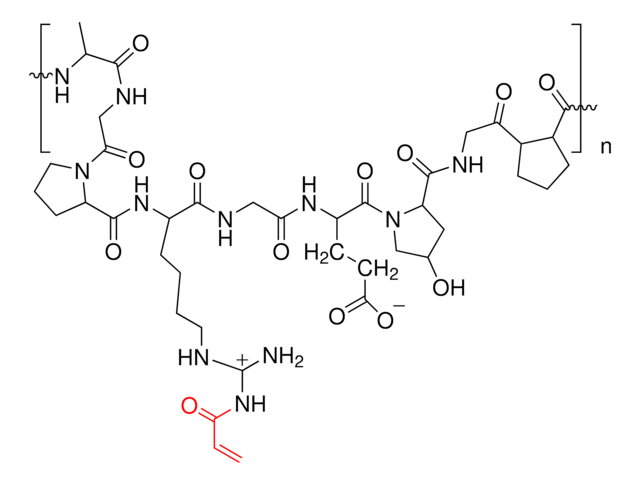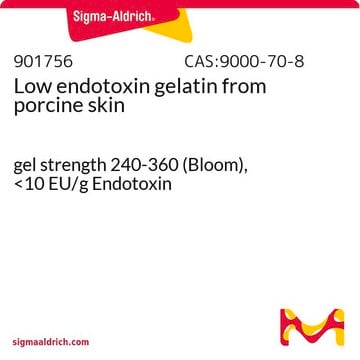This product is not sterilized. Sterilization can be achieved by passing a solution through a 0.2 μm PES syringe filter.
Loessner, D., Meinert, C., Kaemmerer, E. et al. Functionalization, preparation and use of cell-laden gelatin methacryloyl–based hydrogels as modular tissue culture platforms. Nat Protoc 11, 727–746 (2016). https://doi.org/10.1038/nprot.2016.037











